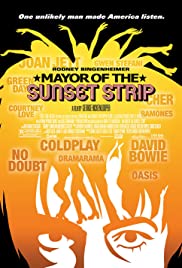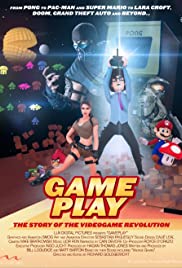
How were the giant stone heads of Rapa Nui – also known as Easter Island – carved and raised, and why? Since Europeans arrived on this remote Pacific island over 300 years ago, controversy has swirled around the iconic ancient statues and the history of the people who created them. Now, a new generation of researchers is overturning old theories, revealing the rich history, innovation, and resilience of the Rapanui people, and uncovering intriguing new evidence about where they – and their practice of monumental stone building – came from.
You May Also Like

They don’t need a gun registry to find you.

Pedro Opeka declined an opportunity to play professional soccer in his native Buenos Aires and realize his childhood dream. He chose instead to become a missionary and live in one of the poorest countries in the world. The son of a bricklayer, he convinced destitute families living in Madagascar’s largest landfill that he could teach them how to build their own houses and, in the process, build their dignity. After 30 years of construction, fighting increasing poverty and political instability, Father Pedro has created a highly functional city within this dysfunctional island nation. His mission is to prepare the children he saves to one day save their own country.

A fantastic journey through the world of Renato Casaro, one of the most important illustrators that the world’s film poster industry has ever known.

A Scottish soldier is forced to redefine his identity after losing his legs in combat and becomes a ‘strongman’ with the help of a former Royal Marine.

A look at the history of fame in the world through the eyes of pop star impresario, Rodney Bingenheimer

Beginning with Space Invaders in 1978, arcade games began to appear everywhere. By 1982, there were 13,000 dedicated arcade locations across North America. It was the Golden Age of Arcade Games, generating $3.2 billion dollars in 1983. By 1985, revenue had fallen 97%. Atari declared bankruptcy. Arcades closed. Most of the old games were converted or destroyed. A few were packed into warehouses where they remained, largely forgotten, for at least another decade. This is the story of arcade video games, and the generation who grew up in the arcades attempting to collect and preserve their fondest memories.

IDFA and Canadian filmmaker Peter Wintonick had a close relationship for decades. He was a hard worker and often far from home, visiting festivals around the world. In 2013, he died after a short illness. His daughter Mira was left behind with a whole lot of questions, and a box full of videotapes that Wintonick shot for his Utopia project. She resolved to investigate what sort of film he envisaged, and to complete it for him.

Carlos DeLuna was arrested in 1993 aged 21 for the murder of Wanda Lopez, and protested his innocence until his execution, declaring that it was another Carlos who committed the crime.

Dan Cruickshank reveals the extraordinary story behind the design and building of iconic First World War memorials and explores the idea behind the creation of the Commonwealth War Graves Commission.

A young champion cyclist dies of a heart condition: we try to make sense of it through his friends and family (many of whom are top athletes themselves) and a tough 24 hour mountain bike race, which his dad is trying to win in his honour.

17 riders with avarage age 81 decide to follow the dream of their youth and start their journey to ride around Taiwan island.

‘Gameplay’ is a feature documentary on the history of video games. From ‘Pong’, ‘Pac Man’ and ‘Mario’ to ‘Call of Duty’, ‘Grand Theft Auto’ and everything in between it tells the story of how this industry was created, by whom and where it is headed. Based on the book ‘Vintage Games’.